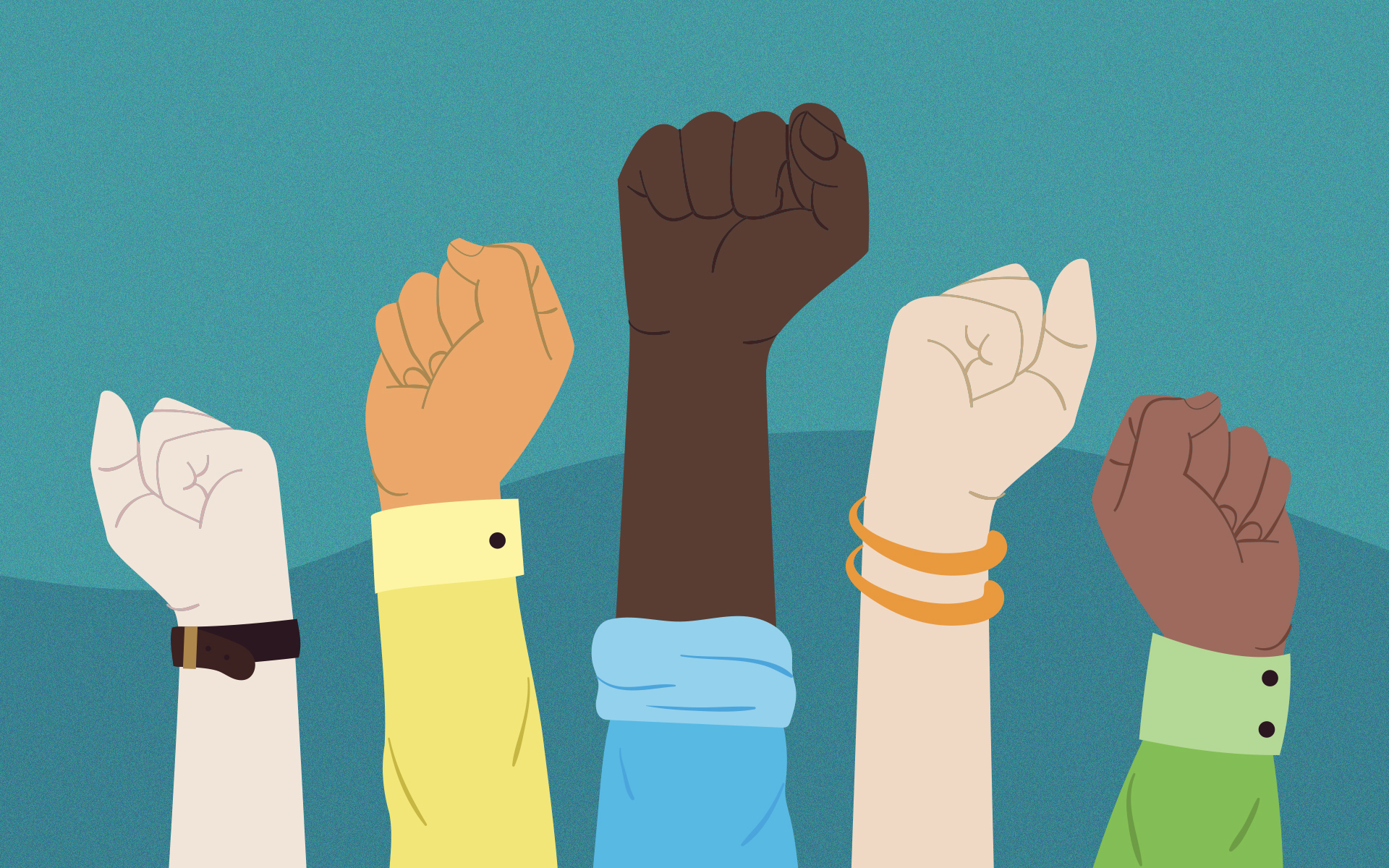Why do you meditate? To slow down, be more present in your life, release stress, change negative habits? These reasons might be the initial spark for the practice, but there is something even more profound that we gain through mindfulness. When we become more aware of our thought patterns and start to untangle from them a bit, our hearts open up and there is an opportunity to recognize that we’re all connected to each other on this planet. With mindfulness, we can train the mind to pay attention on an individual and a global level. It’s with this global awareness that we can ask: “What really matters?” and then respond with wise action.
For me, the answer to that question is that I care deeply about our environment. My first memory of my appreciation and deep love for the earth is me at age five walking on the St. Augustine, Florida shoreline with my father. We walked barefoot, admiring the sound of the waves, and watching the tide go in and out. My dad would place shiny seashells on the sand in front of me to find, and I would squeal with delight as I picked up each precious treasure. The experience of these walks, combined with the wisdom my dad would impart about the ocean and its creatures, had a big impact on me.
Right now, I believe we are at a very pivotal time in our earth’s history that requires mindful attention to our habits, especially around what we consume—and science backs me up.
Is it possible to create a future in which we can be 100% renewable?
The answer… is yes. Richard Heinberg, Senior Fellow of the Post Carbon Institute, is widely regarded as one of the world’s foremost advocates for a shift towards renewable energy. He is a distinguished author with over 12 books and lecturer on climate issues. He shares:
“If our transition to renewable energy is successful, we will achieve savings in the ongoing energy expenditures needed, we will be rewarded with a quality of life that is acceptable and perhaps preferable to our current one. However, material consumption will need to be reduced, our climate will be more stable, and our expectations and behavior will need to change. The renewable economy will likely be slower and more local, it will probably be a conserver economy rather than a consumer economy. It will also likely feature far less economic inequality.”
So, in his view, a greener world has us all living more locally, mindfully, and being more connected to our food and to each other.
How do we get there?
One of the speakers at the 2016 Connect the Dots symposium on climate change at Stanford University was Richard Nevles, Deputy Director of the Earth Systems Program at Stanford. Richard and I spoke after the symposium and we identified several action steps to turn the tides toward 100% renewable energy.
The Mindful Action Plan For a Renewable Future
- Practice Mindfulness. (Of course that’s number one) When we can bring our attention to the present moment and start to see things as they are, we can learn to sit with the difficult, enormous-seeming tasks and not be overwhelmed by them. We aren’t putting our heads under the sand, or pushing away the unpleasant, or wishing things were different and more pleasant. We can see and respond to what is here and now. From this calm and centered place, we can make the best decisions for our world. There is no reactive “quick fix” to the problem of climate change. We need conscious responses that include many perspectives and consider long-term consequences and impact.
- Consume Less. We all care about climate change, but it’s easy to get caught in the trap of thinking, “If I just start buying more energy efficient products, I will have done my part.” Instead, it’s time to think about what we can live without. Virtually every product has a carbon price tag, whether it’s a new ‘energy efficient’ flat screen TV or a thick juicy steak. As citizens, addressing climate change it isn’t about what we’re buying, it’s about what we’re not buying. Our deep attachment to consuming for pleasure, for comfort, for boredom will be difficult to undue (use tip number one to help break the cycle). Mindful tip: Stop right now and practice seeing the abundance in your life. Take a moment to feel deeply that in this moment, “you are enough and you have enough?” If we all cultivate thoughts of “enough-ness” we will change our pattern with over-consumption.
- Eat More Plants. The data suggests that one of the best ways to alleviate the stress on our environment is to consume less meat and eat more plant-based foods, which results in reduction in green house emissions. Consider becoming a part-time vegetarian and consume more plant-based foods, which are better for our health and the environment.
- Find Your People And Get Involved. As citizens of the world, we can get involved in grass-root organizations that are working to bring about progressive climate policies. Some examples in the US are: Citizens Climate Lobby, Sierra Club, Marin Carbon Project, and 350.org, to name a few.
- Support Mindful Politicians. Yes, they exist! Find out which local and national politicians support the commitments made as part of the Paris Agreement.
Encourage Local Efforts
Consider how you might work with leaders in your workplace, community centers, universities, and places of worship to reduce their carbon footprints and become more sustainable. Here are five simple suggestions:
- Flex Your Schedules. Encourage employees to commute less to work by working from home a few days a week. This reduces the carbon emissions and a recent study found that employees who work from home are happier and more productive too.
- Brown Bag It. Make yourself a healthy lunch and bring it to work. Processed foods and packages are generally not healthy for you or the environment.
- Partner with A Farm. Offer fresh-farm produce as a healthy perk for worksite offices. Google and Stanford University are organizations who have a relationship with Pie Ranch a model education and training center for sustainable farming. Find local farms that your organization partner with.
- Encourage carpooling. Carpooling creates more community among employees and lowers carbon. Try a service like Carma or CarpoolWorld
- Have Fewer Meetings. Encourage more virtual meetings and online classes instead of in-person meetings and trainings. This increases quality of life among employees due to less travel, saves the company money, and reduces carbon. Seems like a win-win-win!
- Ditch Plastic. Have you seen the video about what it takes to make a plastic spoon? Seriously, washing a spoon or a water bottle doesn’t take that much effort.
- Make a Commitment. This isn’t a simple box you can check off, like bringing re-usable bags for groceries, or for those who can afford it, buying an energy efficient vehicle. Like anything wonderful in life, it requires a strong commitment, patience, and perseverance. Moving towards a more mindful and sustainable world will require a lot of consistent effort, patience, and compassion with ourselves and others as we change our habits. We will likely slip a few times while making these changes, but then we can get back up and re-align ourselves with the “wise thought, action, and effort.”
I believe we can create a greener, more contented, and mindful world. This is a world where we are living with less materialism, less busyness, and hopefully much more connection and peace. We can be the change we wish to see in this world and it starts now. My nephew, who is five years old, has developed a similar mindful fascination with the ocean and its creatures. Recently he said to me, “Auntie Carley, can we save the oceans together?” I felt wholeheartedly touched and hopeful at hearing this request and I replied, “Yes, sweetheart we can.”







